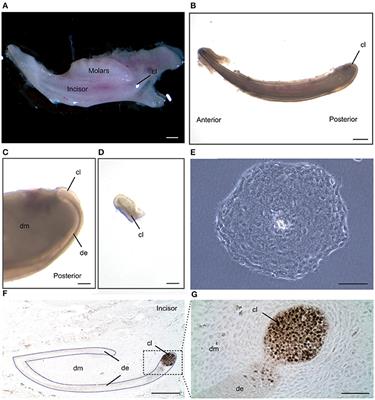EDITORIAL
Published on 26 Jul 2018
Editorial: Signaling Pathways in Developing and Pathological Tissues and Organs of the Craniofacial Complex
doi 10.3389/fphys.2018.01015
- 1,414 views
29k
Total downloads
117k
Total views and downloads
EDITORIAL
Published on 26 Jul 2018
ORIGINAL RESEARCH
Published on 23 Feb 2018
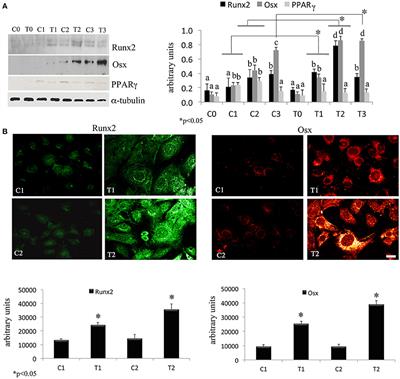
ORIGINAL RESEARCH
Published on 19 Dec 2017
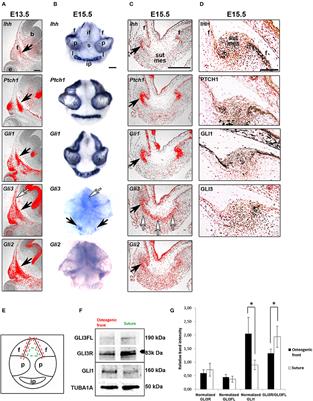
ORIGINAL RESEARCH
Published on 01 Dec 2017
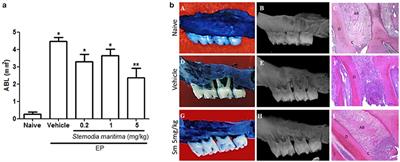
REVIEW
Published on 27 Nov 2017
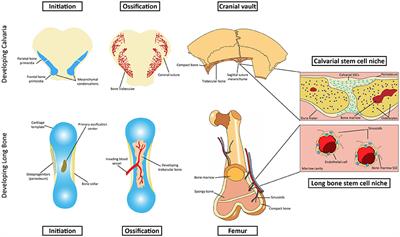
ORIGINAL RESEARCH
Published on 21 Nov 2017
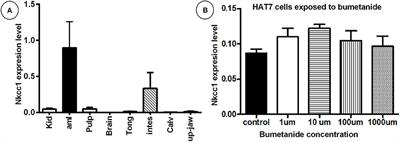
ORIGINAL RESEARCH
Published on 21 Nov 2017
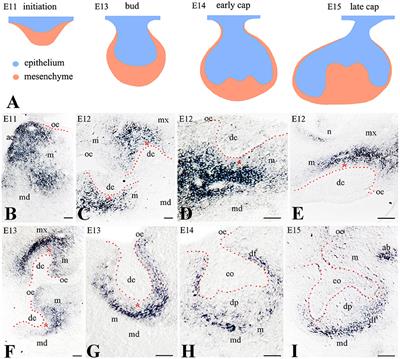
ORIGINAL RESEARCH
Published on 14 Nov 2017
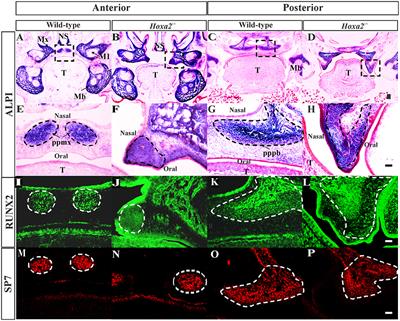
ORIGINAL RESEARCH
Published on 20 Jun 2017
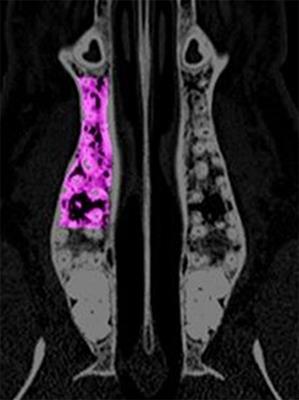
ORIGINAL RESEARCH
Published on 30 May 2017
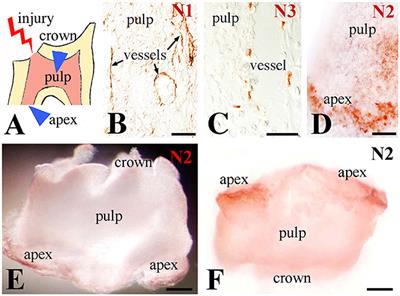
ORIGINAL RESEARCH
Published on 31 Jan 2017
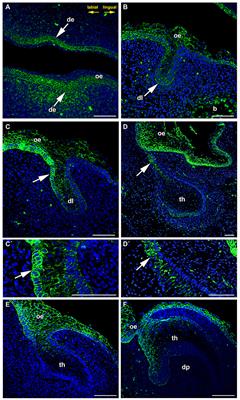
METHODS
Published on 19 Jan 2017
